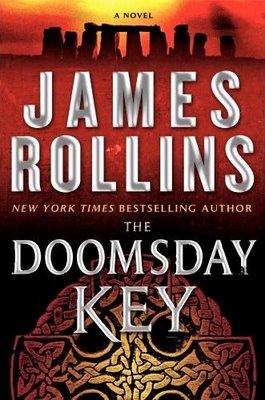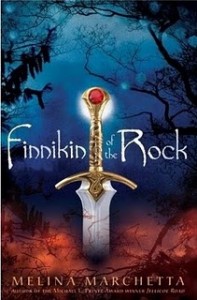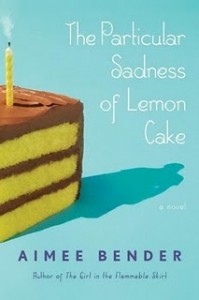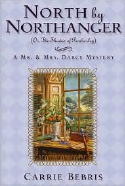People are found murdered in three different locations around the world, seemingly unconnected, but each bearing a brand on their forehead of an old pagan symbol. Gray Pierce, a member of the elite but very secret Sigma Force, is called upon to do some investigating. He and his team members spread out across the globe to find connections, and at first they are simply more confused as to the who and the why of these murders and their odd disfigurements.
Of course, each small team gets into major trouble — immediately — getting attacked by unknown assailants who have major firepower and assets at their disposal. There are long and convoluted chases in unlikely locations — such as the Coliseum in Rome — in which our heroes are outmanned but smart and resourceful and manage to escape just in the nick of time. In between chases in Rome, England, Norway and France, they have to piece together the clues of an ancient mystery involving the Domesday (or Doomsday) Book, the record of a kind of census that King William of England took of his people in the 11th century. They discover they must find the even more mystical Doomsday Key, if they are to save humankind from the threat of destruction through the food supply.
James Rollins crafts a typical thriller, populated with typical characters and typical plot devices. His heroes are left hanging in surely a fatal situation when he cuts to a new chapter or section. What could possibly become of them? We come back to them and they are saved. Of course. This clichéd device is so transparent that the more discerning reader surely must roll his or her eyes each time it’s employed.
As clichéd and write-a-thriller-by-the-numbers as The Doomsday Key is, it still has some interesting moments. The topics of genetically modified food, overpopulation, biofuel production, and the history of neolithic and Celtic England are explored with some interesting detail. For those who enjoyed The DaVinci Code, this thriller will probably be right up their alleys.
Rated: Moderate, for three uses of strong language and some mild and moderate language. Sexual situations are very limited in detail.




